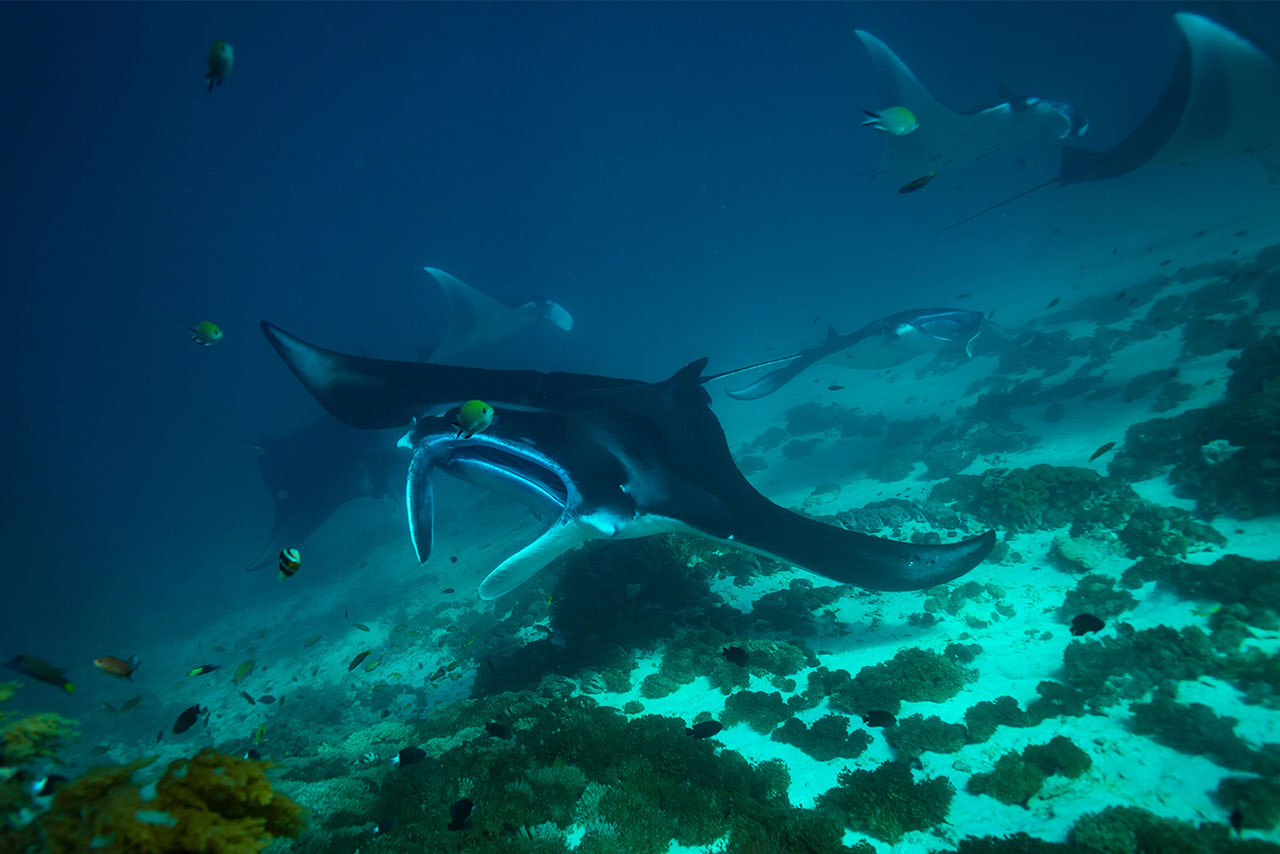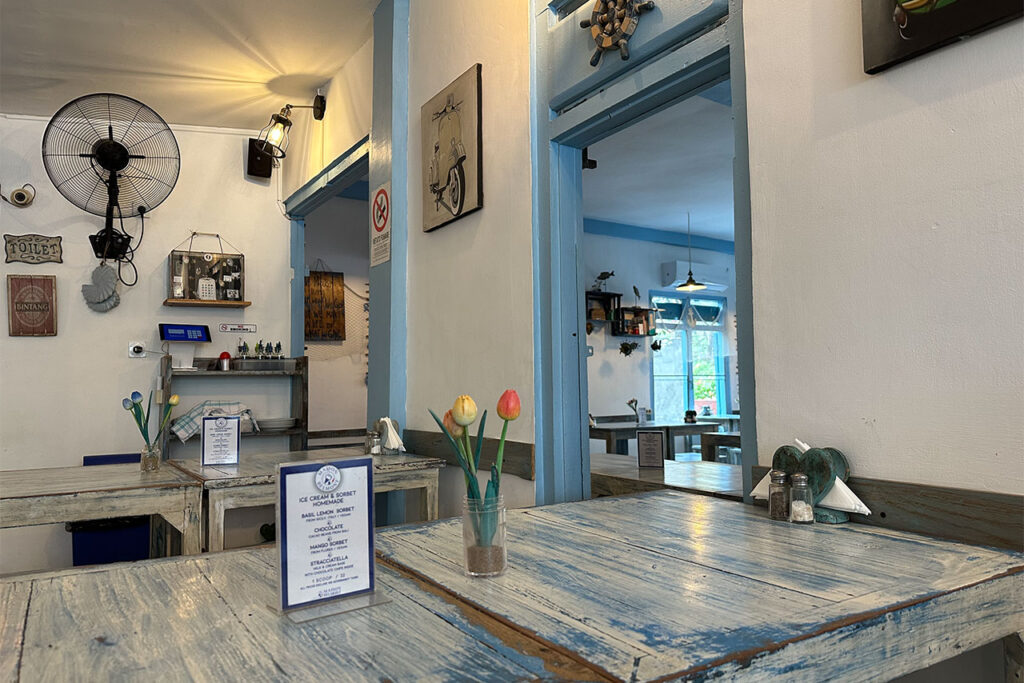You’ve heard about Komodo dragons, but there’s another world beneath these waters. Crystal-clear seas hide manta rays, sharks, and coral gardens that’ll change how you see the ocean. Whether you’re a beginner or experienced diver, Komodo National Park has spots perfect for your skill level. But here’s what most visitors don’t realize about diving here – the currents can make or break your entire experience.
Best Dive Sites for Every Experience Level
Whether you’re a beginner or an advanced diver, Komodo National Park has the perfect underwater playground for you. Beginners love Sebayur Kecil‘s calm waters and colorful coral gardens. You’ll spot clownfish and sea turtles in shallow, protected bays. Intermediate divers can explore Pink Beach with its gentle currents and vibrant reef walls. Advanced divers tackle Batu Bolong‘s strong currents to see sharks and massive schools of barracuda. Castle Rock challenges experts with swift waters but rewards them with manta rays and eagle rays. Each site matches your skill level while showing you Indonesia’s incredible marine life.
Marine Life You’ll Encounter in Komodo Waters
The underwater world of Komodo holds treasures beyond your wildest dreams. You’ll spot massive manta rays gliding overhead at cleaning stations. Reef sharks patrol the depths while sea turtles cruise past coral gardens. Look for tiny pygmy seahorses hiding in fan corals. You’ll find schools of barracuda, trevally, and fusiliers creating silver walls. Octopuses change colors before your eyes. Moray eels peek from rocky crevices. Don’t miss the macro life—nudibranchs, mantis shrimp, and frogfish wait patiently for prey. Every dive brings new discoveries in these nutrient-rich waters where warm and cold currents meet.
Essential Gear and What to Bring
Three key items will make or break your diving experience in Komodo. First, you’ll need a well-fitting wetsuit. Water temperatures drop to 20°C, especially during July and August. Second, bring reef-safe sunscreen. The tropical sun burns quickly between dives. Third, pack a dive computer. Komodo’s strong currents demand careful depth and time monitoring.
Don’t forget your mask defogger, underwater camera, and dry bag for electronics. Most dive shops rent gear, but bringing your own mask guarantees comfort. You’ll also want a rashguard for snorkeling days when the water’s warmer but the sun stays intense.
Choosing Between Liveaboard and Day Trips
When you’re planning your Komodo diving adventure, you’ll face a big choice: liveaboard or day trips. Liveaboards let you wake up at remote dive sites. You’ll dive 3-4 times daily and reach distant spots like Castle Rock. They’re pricier but include meals and accommodation.
Day trips work if you’re short on time or budget. You’ll stay in Labuan Bajo and take boats out each morning. You can dive 2-3 times per day at nearby sites. Day trips offer more flexibility – you can dive one day and explore land the next.
Seasonal Conditions and When to Visit
Before you book your Komodo diving trip, you’ll want to pick the right season. April through November offers the best conditions. You’ll find calm seas, warm water (26-28°C), and excellent visibility up to 30 meters. July and August bring cooler water but attract manta rays. December through March sees rougher seas and rain. The north’s always calmer than the south. Avoid full moon periods when currents get strongest. September and October deliver perfect conditions – warm water, gentle currents, and abundant marine life. Book early for these peak months since liveaboards fill quickly.
Safety Tips for Diving in Strong Currents
Strong currents make Komodo’s diving world-class, but they’ll test your skills. You’ll need proper training before attempting these dives. Always dive with experienced local guides who know the sites. Use reef hooks to secure yourself when needed. Stay close to the reef and watch your air consumption carefully. Don’t fight the current—go with it. Signal your buddy frequently. Carry a surface marker buoy and whistle. If you’re swept away, inflate your SMB immediately. Stay calm and wait for pickup. Skip difficult sites if you’re tired or uncomfortable. Your safety matters more than any dive.



